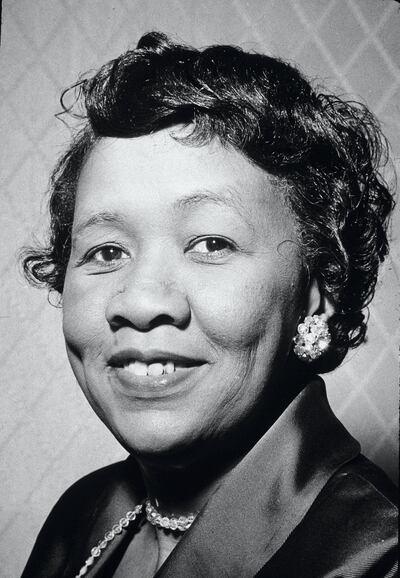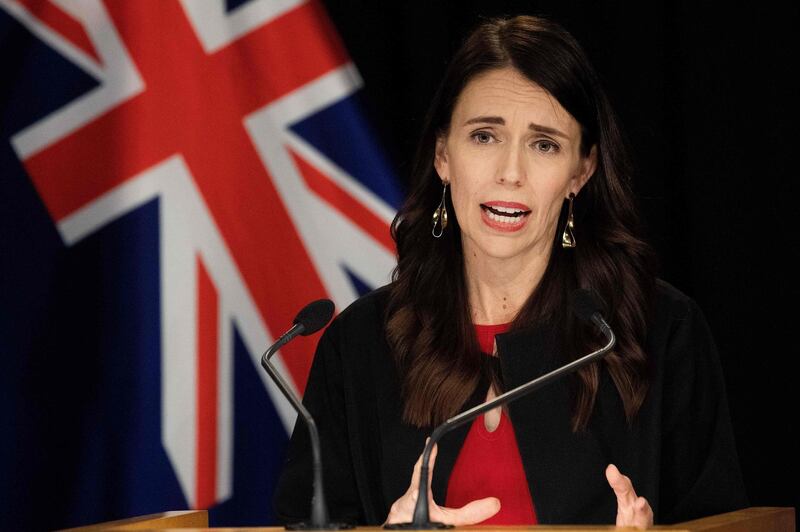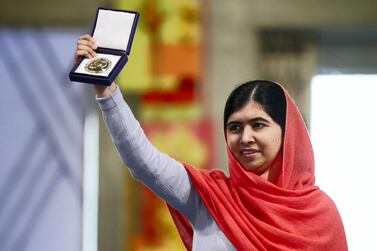If we were to look at the whole of recorded history, it is easily assumed that men make up a significant portion of it. But given that the population split of male and female is about half and half, this is clearly disproportionate. The absence of women from human records is not just a matter for the past, it is happening right in front of our eyes.
Last month, in New Zealand, the #TurnArdern campaign aimed to remove the face of Jacinda Ardern, the country's female prime minister, from bookshelves around the country. Colin Wilson, a 66-year-old bricklayer from Canterbury, began the campaign to encourage people to turn over books and magazines that feature Ms Ardern on their covers so that her face cannot be seen. This includes a recently-published biography. The number of people who have posted films of themselves "turning" Ms Ardern in supermarkets, grocery stores and bookshops – and expressing their thrill in doing so – has numbered in just a few hundreds but the story itself has generated controversy.
Mr Wilson’s issue seems to be that Ms Ardern gets too much publicity. If people stop buying publications with her face on them, those publications will stop featuring her, thereby freeing up Ms Ardern to get back to the work that Mr Wilson thinks she should be doing. “People are sick and tired of all the fluff articles – people want a prime minister and not a fashion model. A lot of us feel she spends a lot of time doing photo shoots instead of running the country.”
Along with many others, he does not use her name or title while referring to her but the nickname "Cindy"; Ms Ardern was called "Socialist Cindy" early in her political career and it is a moniker she is not fond of.
The campaign has been cast as a battle between New Zealand’s left and the right, a tussle over political supremacy. The left has spawned a counter campaign of #ReturnArdern. The right says that this is yet another example of the left shutting down the right’s views. The invocation of free speech as a defence when they are turning over books and magazines seems ironic.
There are also arguments that this campaign is a legitimate and harmless form of protest. Some say women should not be exempt from criticism and that not every reproach of a female leader is sexist. One can play devil’s advocate and argue these points. But the truth behind all of them is that erasing women from history is a longstanding global phenomenon that crosses the political spectrum, justified with these reasons.
In 1963, Dorothy Irene Height was literally cropped out of history. During the US civil rights movement, historians often talked of the "Big Six" leaders: Dr Martin Luther King, James Farmer, John Lewis, Philip Randolph, Roy Wilkins and Whitney Young. Height was in fact the seventh, working alongside them on projects of national significance and a prize-winning orator in her own right. On the day of King's "I have a dream speech" she was sat an arm's length away from him on the platform in Washington. She was not asked to speak. And she was cut out of photos from that day.
In 2011, Egypt's Al Nour Party used flowers to replace the faces of their female candidates in election literature. Over the past century, women on both sides of the Atlantic broke important codes for their governments – including Nazi ciphers during the Second World War – yet their contributions have only started to emerge. History is replete with such examples of women being cut out from its annals or being ignored, simply for being women.

The same thing is happening to Ms Ardern.
By all means, critique her. Female leaders should be held to the same scrutiny as their male counterparts. But the excuses used are transparent in their lazy sexism. Women who are talked about are criticised as narcissistic, or "fluffy" or caring about fashion. Ms Ardern is called a "part-time PM" because she has a child – while at the same time a family is seen as a stabilising force for male leaders. There is an accusation of divided loyalties due to her family status, a stereotype that goes all the way back to Queen Elizabeth I who refused to marry for fear of the same accusation.
Arguably, Ms Ardern has put New Zealand on the global map, ensuring a better profile for the country, better networking and better status to build trade, security and relationships. These are all part of the work, and key metrics for a country’s leader.
Yet the truth is that none of this is about whether she – or any other female leader – is effective at doing her job. Mr Wilson himself all but concedes that. When asked in interviews what the prime minister should be doing, he has no clear answer. “She should be leading the country and solving all these problems,” he simply says.
It is easy to get swayed by the argument that this is a one-off about Ms Ardern – but it is not. It has a long, unsavoury tradition across the spectrum. It is time to stop cutting women out of our collective record. Like it or not, women need to be given their place on the front pages of history.
Shelina Janmohamed is the author of Love in a Headscarf and Generation M: Young Muslims Changing the World






